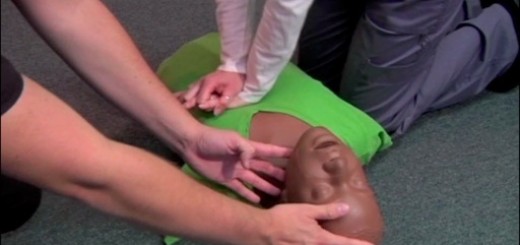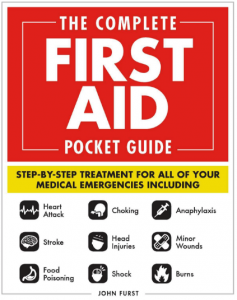Common CPR questions and answers
In this blog post we answer some common questions people have about Cardiopulmonary Resuscitation.
CPR is a technique used in an e
- What does CPR stand for?
CPR stands for Cardiopulmonary Resuscitation.
- When should I perform CPR on a person?
Perform CPR if a person is unconscious and not breathing normally. First try to wake the victim by tapping on the shoulder and asking loudly if they’re okay. If the person doesn’t wake up, check for breathing. If they are not breathing normally then begin CPR and ask someone to call an ambulance immediately. If another person isn’t available, call emergency medical help first and then begin CPR.
- Can I perform CPR without a certification?
Its best to acquire formal training however, CPR can be performed without certification as well and can be learned online by taking an online first aid training class.
- How long should I check for breathing?
Take no more than 10 seconds to check for normal breathing. Use three of your senses, sight, hearing and touch; look for any motion of the casualty’s chest, listen for any normal breathing sounds and feel his or her breath on your cheek.
- When should I not perform mouth-to-mouth breathing?
If you are uncomfortable or unwilling to perform mouth-to-mouth then just perform chest compressions.
- Can I only perform hands-on CPR?
Yes, simply continue chest compressions until help arrives if you aren’t willing to or cannot perform mouth-to-mouth for any reason.
- What should be the rate of chest compressions?
Perform chest compressions at a rate of 100 – 120 compressions per minute (some people suggest the song “Staying Alive”), compressing the chest straight down at least 5cm (2 inches). Check the airway and perform mouth-to-mouth (rescue breathing) after 30 compressions if you are trained and willing.
- How often should I check for signs of life?
After starting CPR, do not stop to check for signs of life, i.e. by checking the pulse. Do not stop CPR to check for signs of life.
- What if I further injure the person by moving him or her from the site of the accident?
Only move the casualty if the site is unsafe and it is not possible to treat them in the position or place they are in. You are very unlikely to cause further harm as the priority is keeping them alive by performing CPR.
- Am I breathing carbon dioxide into the casualty’s lungs during rescue breathing?
Normal air contains 21% oxygen and your exhaled breath contains 16%. Even if your breath is more concentrated in carbon dioxide, he or she will breathe it out and absorb oxygen into the lungs only – it’s not a lot of oxygen but it’s still better than nothing.





